Our Throwback Thursday this week is taken from issue 60 of the printed edition of Genizah Fragments, published in October 2010, by Ronny Vollandt:
The installation of a Hebrew press at Constantinople in 1503 by David b. Nahmias ushered in a period of prosperity for Jewish printing in the Ottoman Empire. Gershom Soncino, head of the Soncino family and universally acknowledged towering figure of five centuries of Hebrew printing, followed in 1530 and established his Jewish publishing house in... Read More...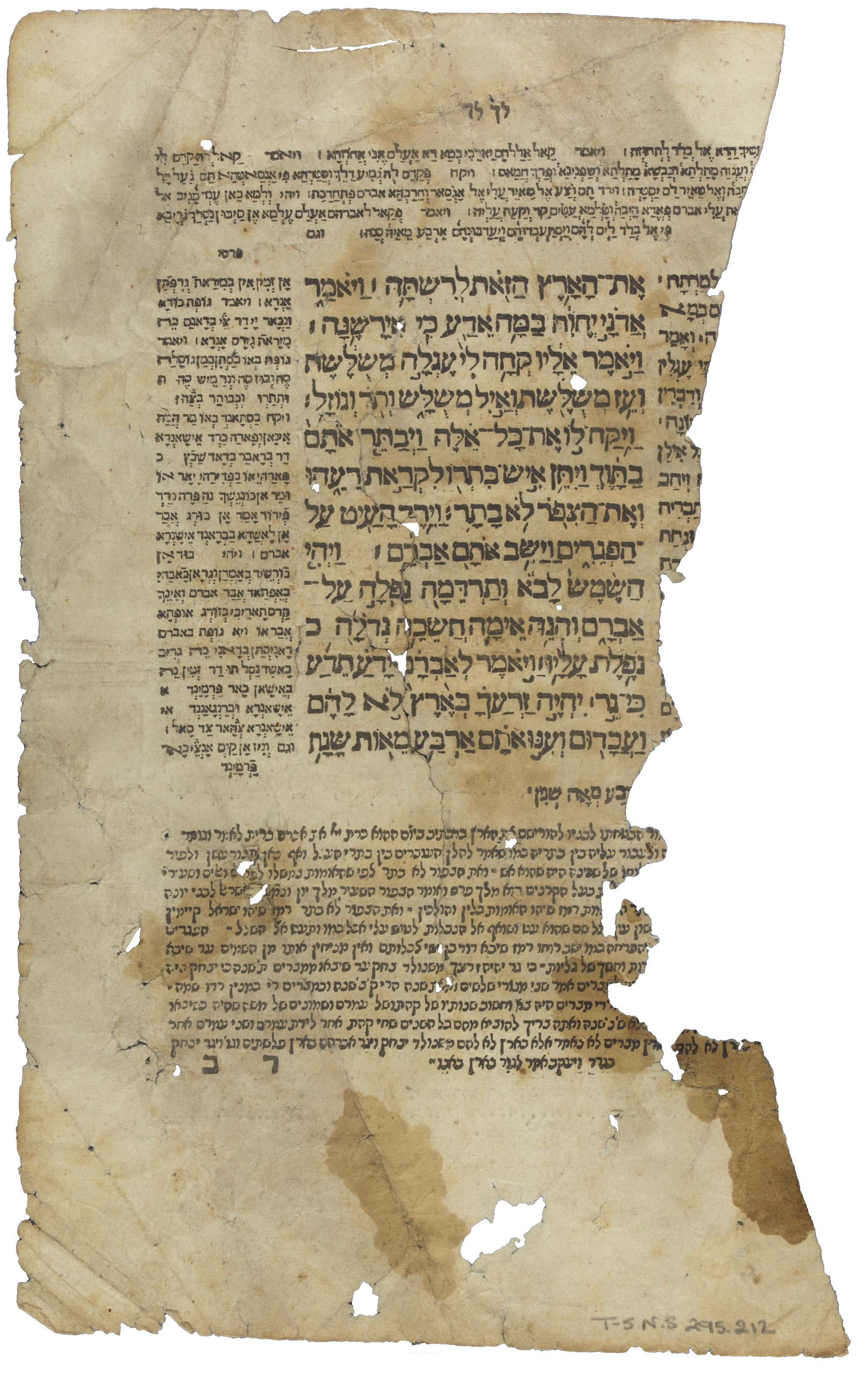
Has tags: Bible, Genizah Fragments, printed, Targum
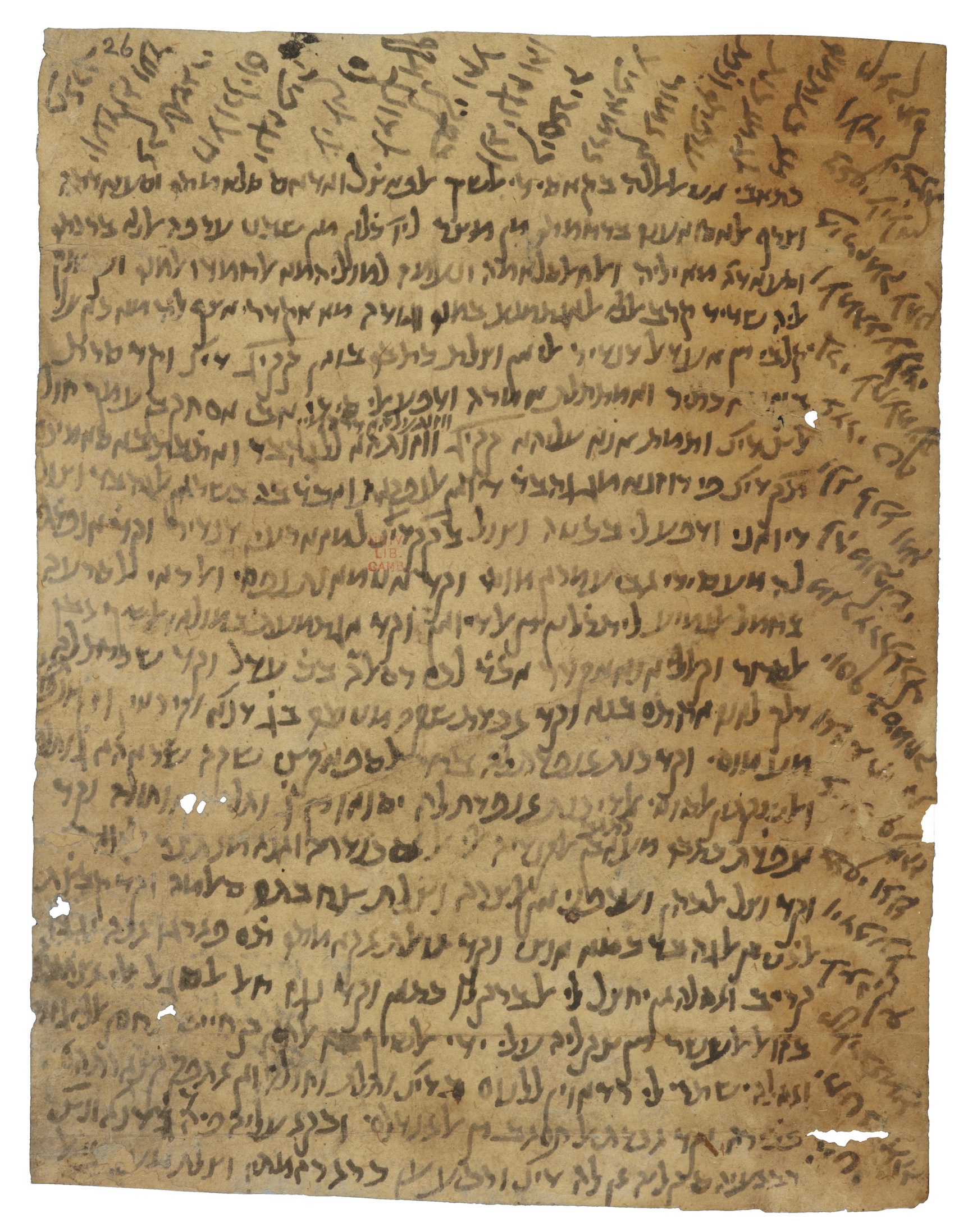
Lorenzo, what are you working on at the moment?
I’ve been spending some time on T-S 10J12.26, a business letter from the prominent Genizah merchant Nahray b. Nissim, writing from Fusṭāṭ to his associate Barhūn b. Mūsā ’l-Tāhartī, who was out in the Egyptian hinterland (specifically in the town of Būṣīr). This document has been edited and discussed by Genizah scholars, starting from Goitein himself, but I still could not quite wrap my mind around it. What is so interesting about...
Read More...Has tags: Fatimid, Genizah Fragments, Goitein, letter, Q&A, trade
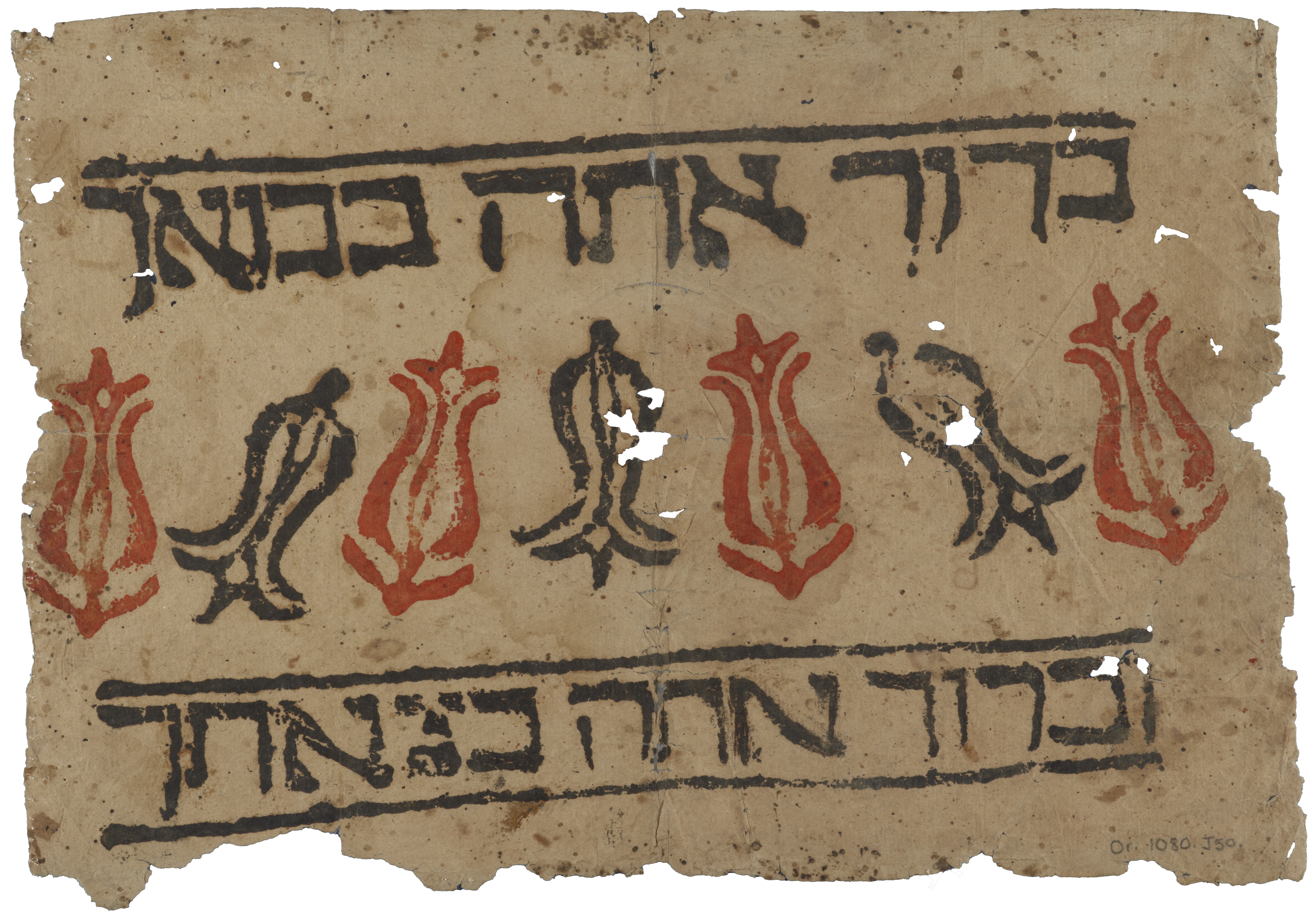
Our Throwback Thursday this week is taken from issues 5 and 6 of the printed edition of Genizah Fragments, published in April and October 1983, by Paul Fenton, with a response in the next issue by S.D. Goitein:
An exciting discovery recently made in the Unit may well open a new chapter in the history of Hebrew printing. Dr Paul Fenton has dated a Hebrew print in the Genizah Collection (... Read More...Has tags: Genizah Fragments, Goitein, mamluk, printed
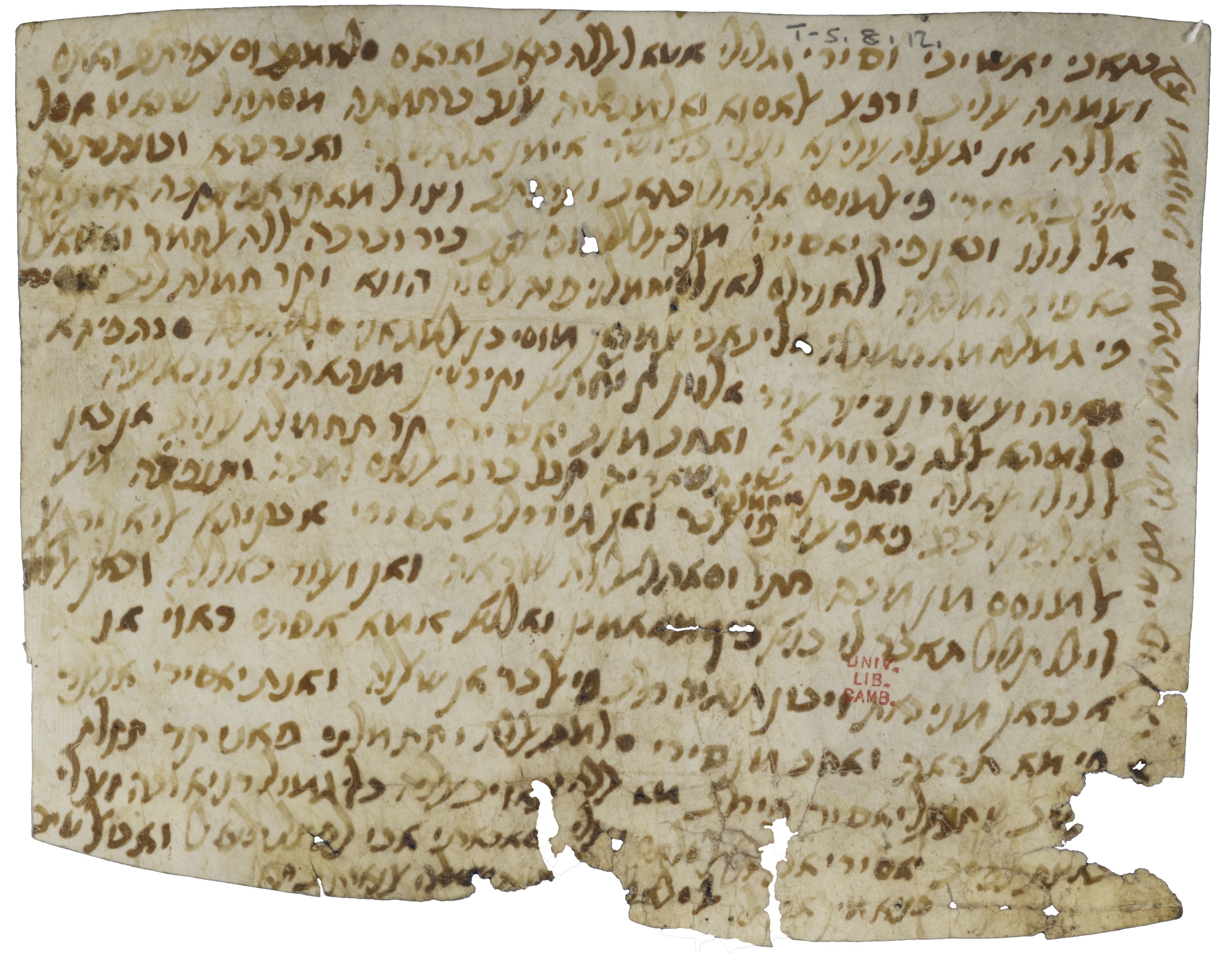
Haru, what are you working on at the moment?
I’m working on T-S 8.12. It is a letter between two traders, and reveals much about the activities of the merchants at this time, in particular their trading networks and how these functioned. I’m looking at this manuscript because in November I will be giving an introductory lecture to my students, and this letter offers a good example of the kinds of trader letter we find in the Genizah.
How many students do you have?...
Read More...Has tags: Genizah Fragments, Japan, letter, Q&A, trade
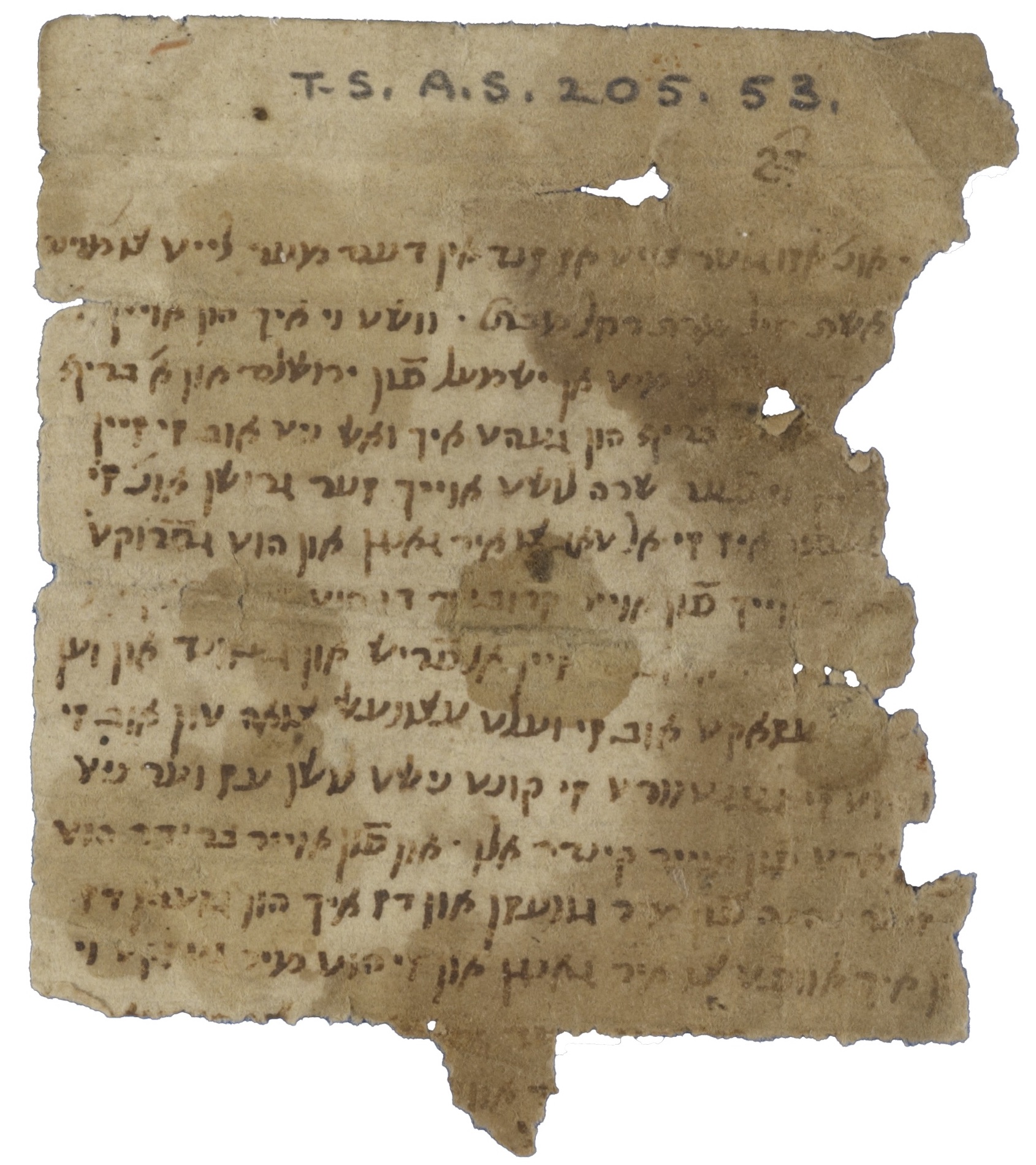
Our Throwback Thursday this week is taken from issue 58 of the printed edition of Genizah Fragments, published in October 2009, by Esther-Miriam Wagner.
Although the amount of Yiddish material in the Cambridge Genizah collections is very small in comparison with that written in Judaeo-Arabic, Hebrew, Arabic, Aramaic or even Ladino, the few existing fragments are rather extraordinary. The most important literary example is the 14th-century Dukus Horant, a narrative... Read More...Has tags: Genizah Fragments, letter, Yiddish
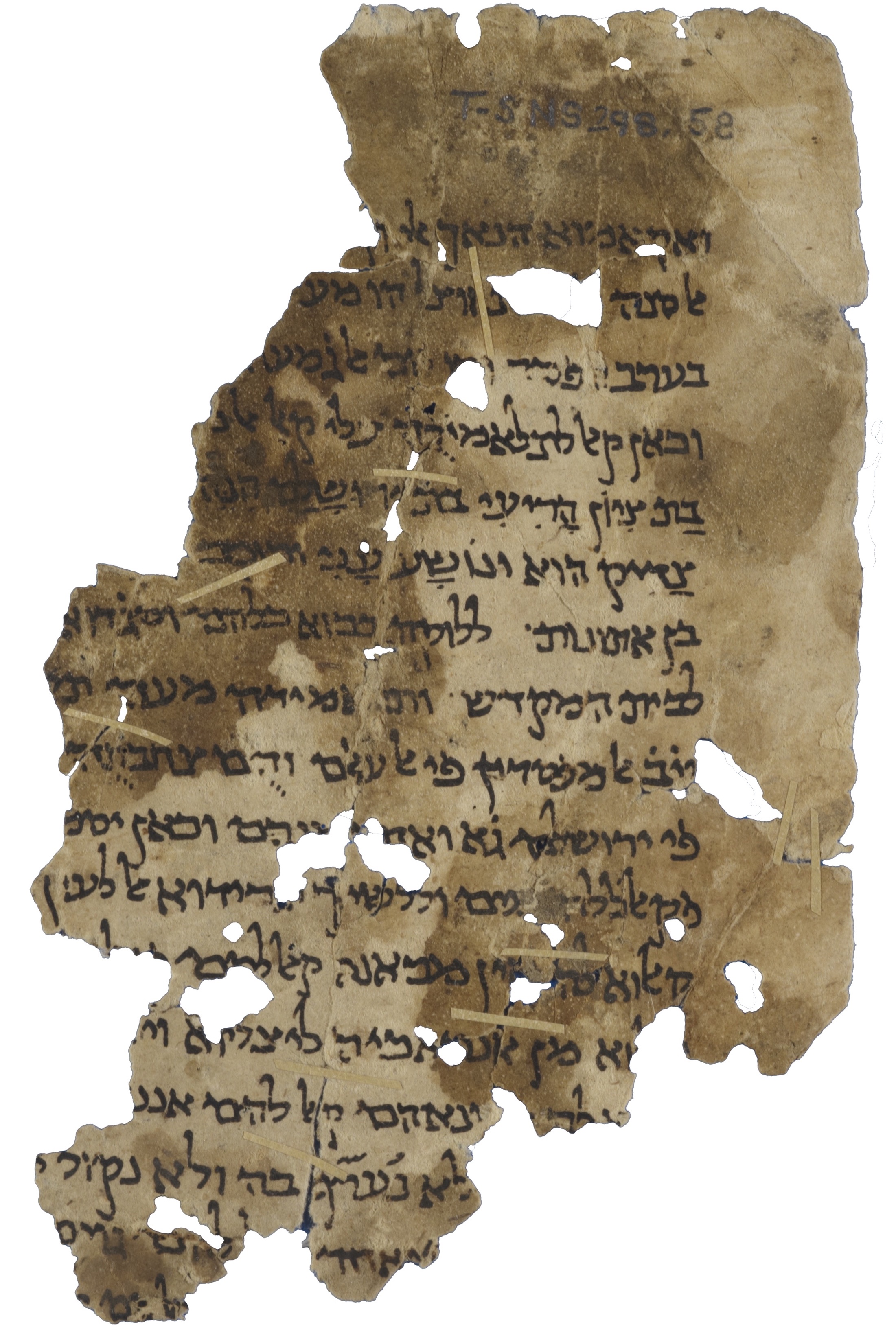
Miriam, what are you working on at the moment?
I’ve just finished a book devoted to the Judaeo-Arabic versions of the Helene narrative of Toledot Yeshu.
You gave a talk on Toledot Yeshu in Toronto at the end of 2019 (it’s available to watch now on YouTube). That must have been one of your last trips abroad before the pandemic took hold.
Yes! I did manage to participate in a conference in February 2020 but that one was in Jerusalem and then our world changed....
Read More...Has tags: Christian, Genizah Fragments, Jesus, Muslim-Jewish relations, polemic, Q&A, Toledot Yeshu
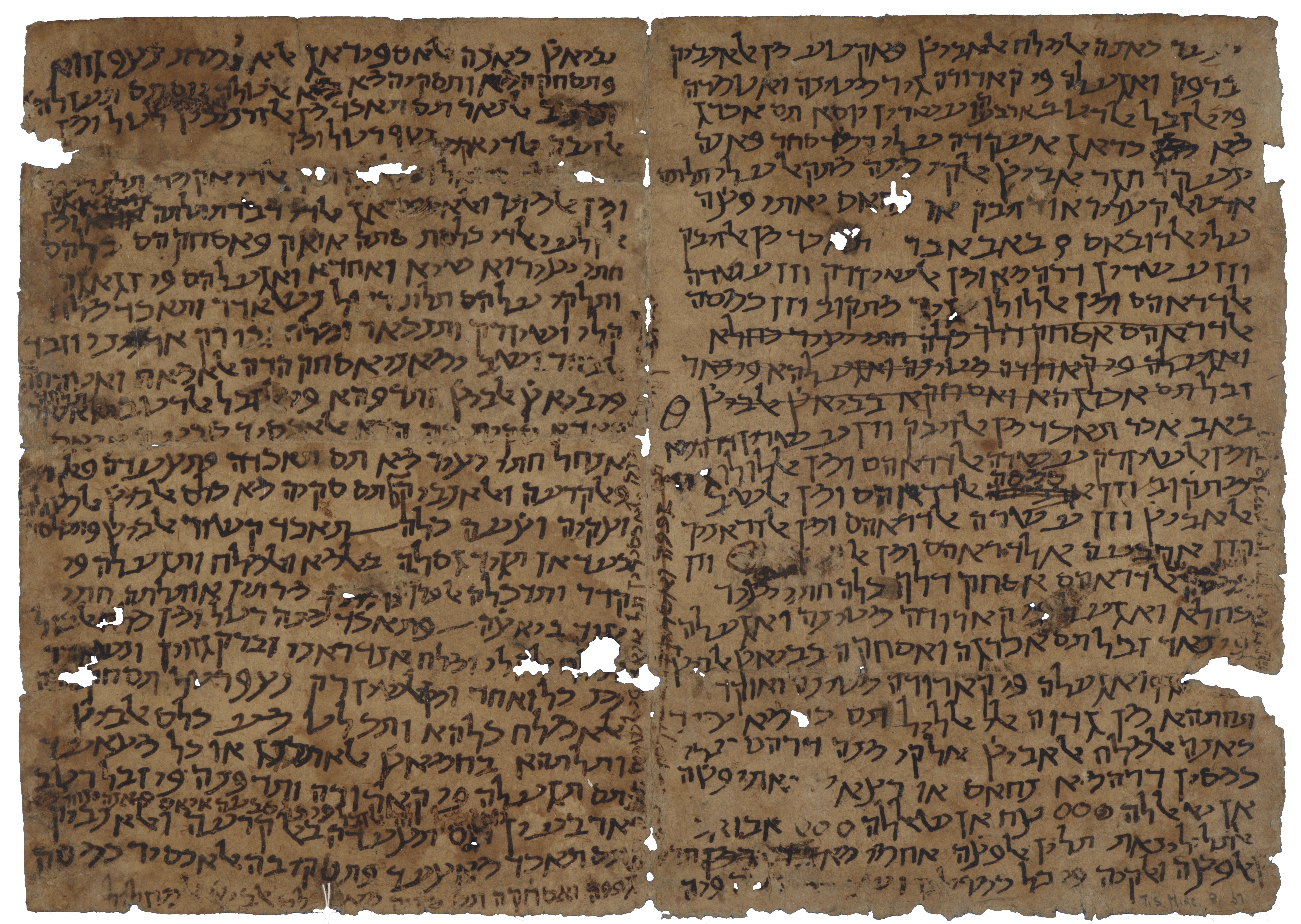
Our Throwback Thursday this week is taken from issue 62 of the printed edition of Genizah Fragments, published in October 2011, by Gabriele Ferrario.
Providing a satisfactory definition of the meaning of the word ‘alchemy’ seems to be as challenging as pursuing one of its final goals: the transmutation of base metals into silver and gold. It is a multifaceted discipline that can be looked at from different points of view: alchemical texts can resemble cookbooks, obscure allegorical poems,... Read More...Has tags: alchemy, Genizah Fragments
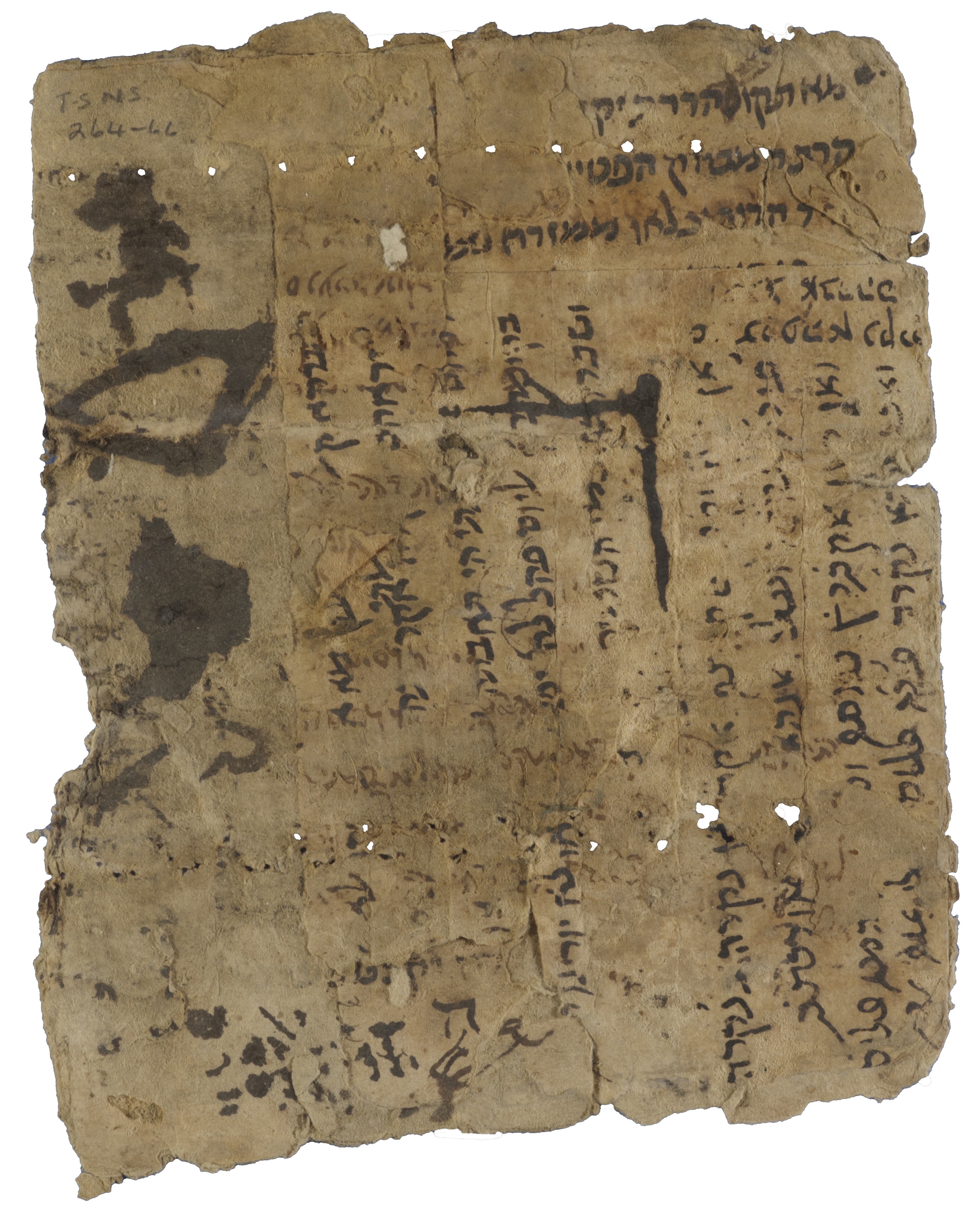
Ben, what have you been up to?
The most exciting recent thing is that we have now returned to the office, after more than 18 months of mostly working at home. Things aren’t quite back to normal – we still wear masks in public areas, the UL is much quieter than it usually is, and they’ve closed the tearoom!!! – but we’re getting there.
Yes, the UL isn’t the same without a place to sip mediocre coffee and discuss medieval manuscripts, is it? Speaking of manuscripts, what are you working on at the moment?
We’ve just come to the end of a...
Read More...Has tags: Abraham Maimonides, Genizah Fragments, mastara, Mosseri, Q&A, responsa
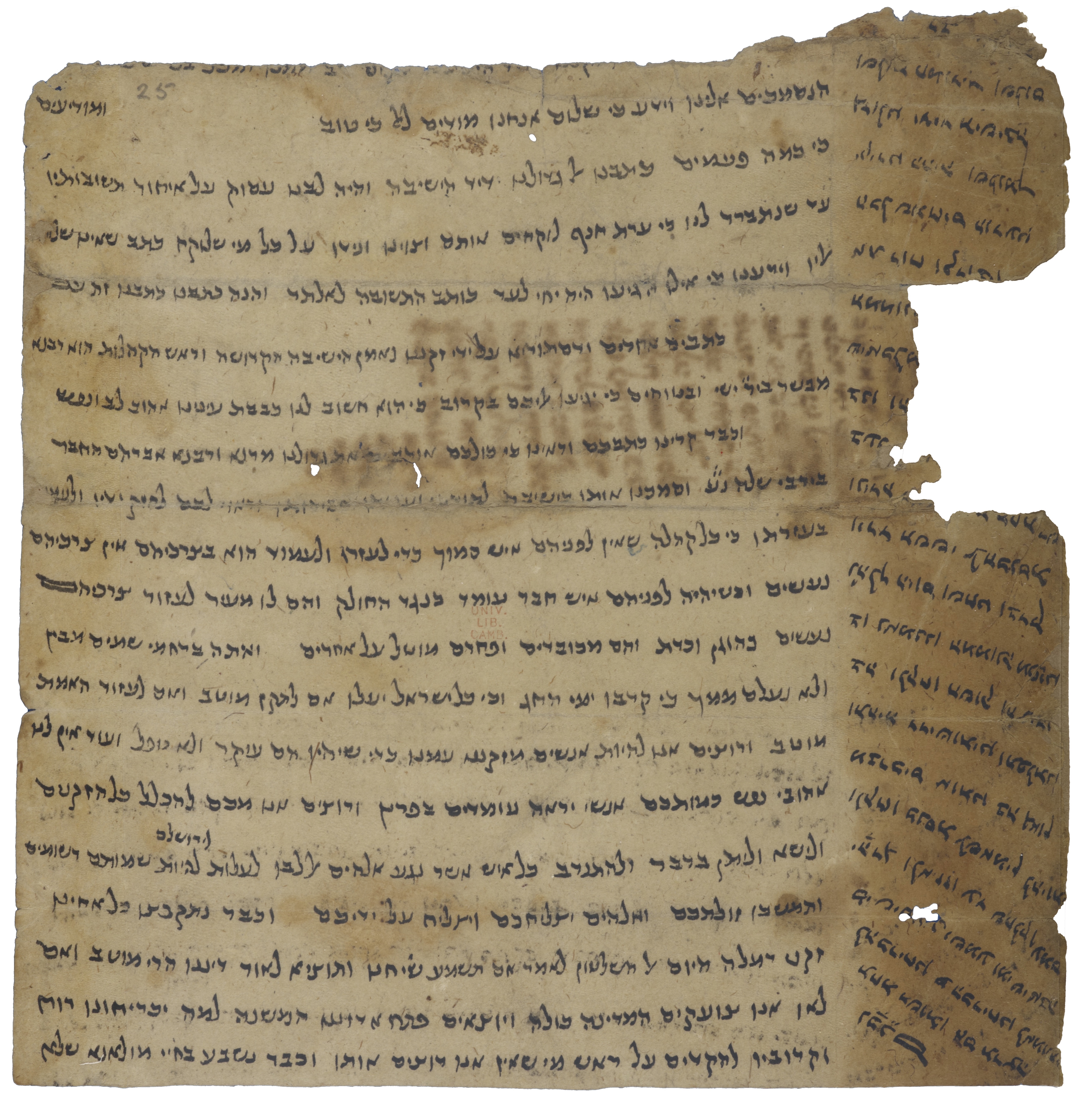
Our Throwback Thursday this week is taken from issue 42 of the printed edition of Genizah Fragments, published in October 2001, by Ben Outhwaite.
“Many times have we written to our distinguished one, beloved of the academy, and our heart was preoccupied with the lateness of his replies until it became clear to us that the ‘godless congregation’ had been taking them.” So writes the scholar Nathan ben Abraham to a supporter during his protracted struggle to take control of the Yeshivat Ha-Sevi – the... Read More...Has tags: Arabic, Genizah Fragments, Hebrew, language, letter
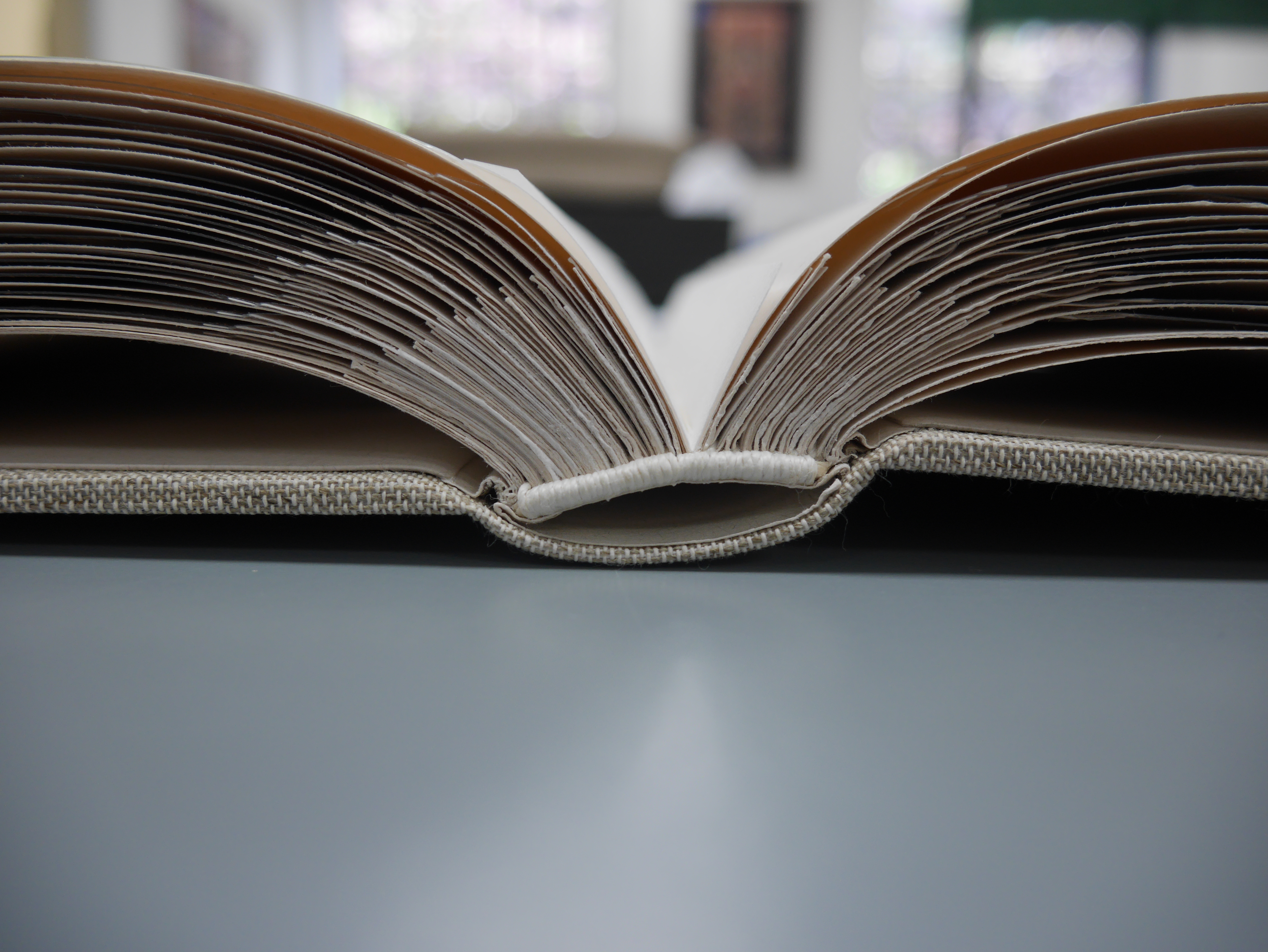
Marina, what are you working on today?
I’m one month into a nine-month project to prepare the final housings for the Cambridge part of the Lewis-Gibson Genizah collection. These manuscripts were originally collected by Agnes Lewis and Margaret Gibson, and were donated by them to Westminster College. In 2013 Cambridge and Oxford jointly bought the manuscripts, and half have now been sent to Oxford. The Cambridge fragments have already been conserved and encapsulated in Melinex – an archival plastic – but they are now being bound into books. Today, I’m working on...
Read More...Has tags: conservation, Genizah Fragments, Lewis-Gibson, Q&A
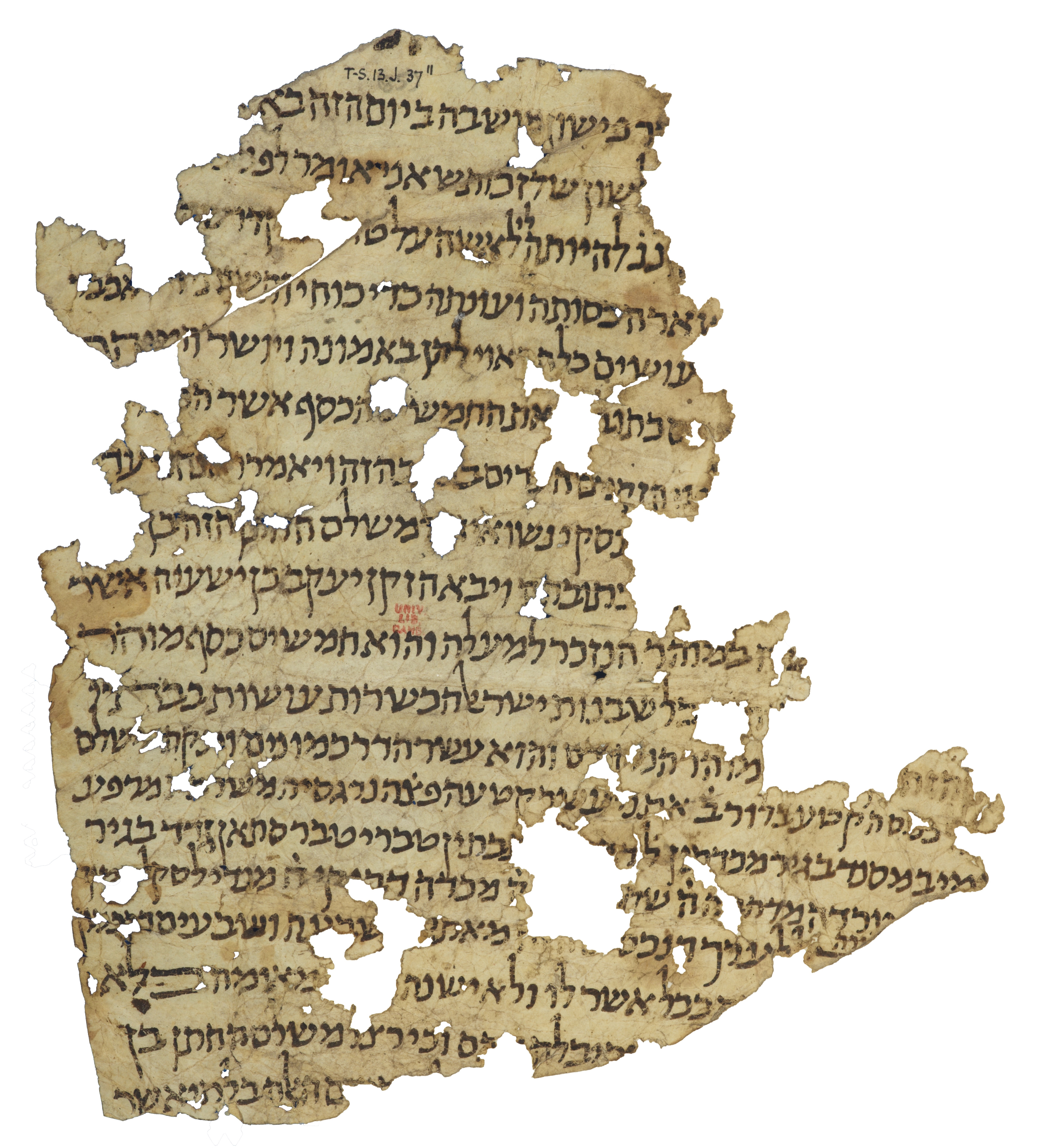
Our Throwback Thursday this week is taken from issue 31 of the printed edition of Genizah Fragments, published in April 1996, by Judith Olszowy (now Olszowy-Schlanger)
As is well known, the Karaites have existed as an independent Jewish sect since their establishment in Babylonia around the eighth century. They have distinguished themselves from Rabbanite mainstream Judaism by rejecting the oral tradition, as recorded in the Talmud, and by considering the Bible as their exclusive source of legal authority.... Read More...Has tags: calendar, Genizah Fragments, Hebrew, Karaite, ketubba, legal, marriage
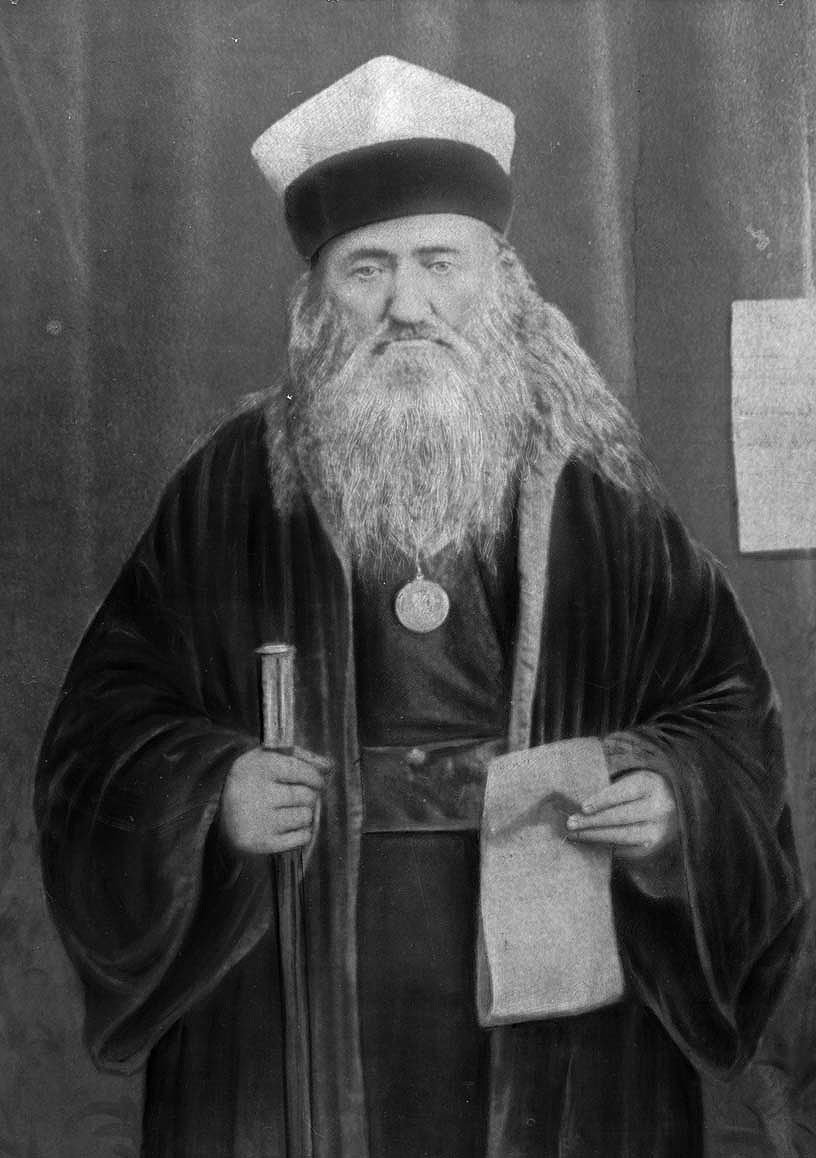
Vince, what are you working on at the moment?
Right now, I’m going through several hundred classmarks in the Firkovich II B collection, looking for joins between manuscripts. These are biblical manuscripts acquired by the noted Crimean Karaite collector Abraham Firkovich in the 19th century and subsequently sold to the Russian National Library in St Petersburg. While the classmarks collected by Firkovich number nearly 15,000, the II B collection is nearly one-tenth of that size, containing some 1,500 classmarks, many of which are Bibles that date to the 10th–13th...
Read More...Has tags: Bible, Firkovich, Genizah Fragments, masora, Q&A
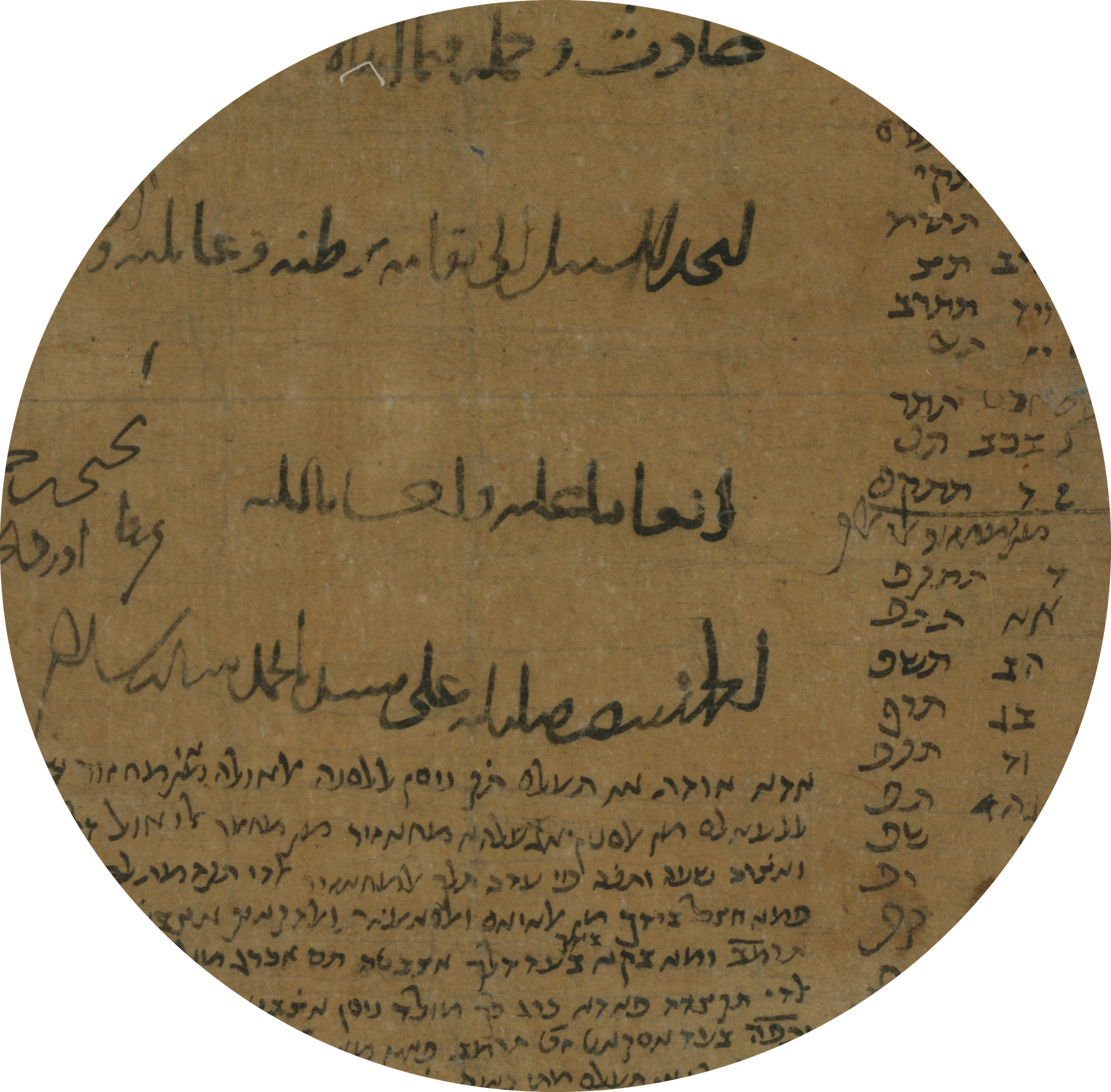
Our Throwback Thursday this week is taken from issues 10 and 11 of the printed edition of Genizah Fragments, published in October 1985 and April 1986, by Geoffrey Khan while he was a Research Associate in the GRU:
The vast majority of Genizah fragments are written in Hebrew characters. This is not surprising, since reverence for the Hebrew script was the chief motivation for placing manuscripts in the Genizah. The language of well over half of them,... Read More...Has tags: Arabic, Fatimid, Genizah Fragments, legal, Muslim-Jewish relations, petition
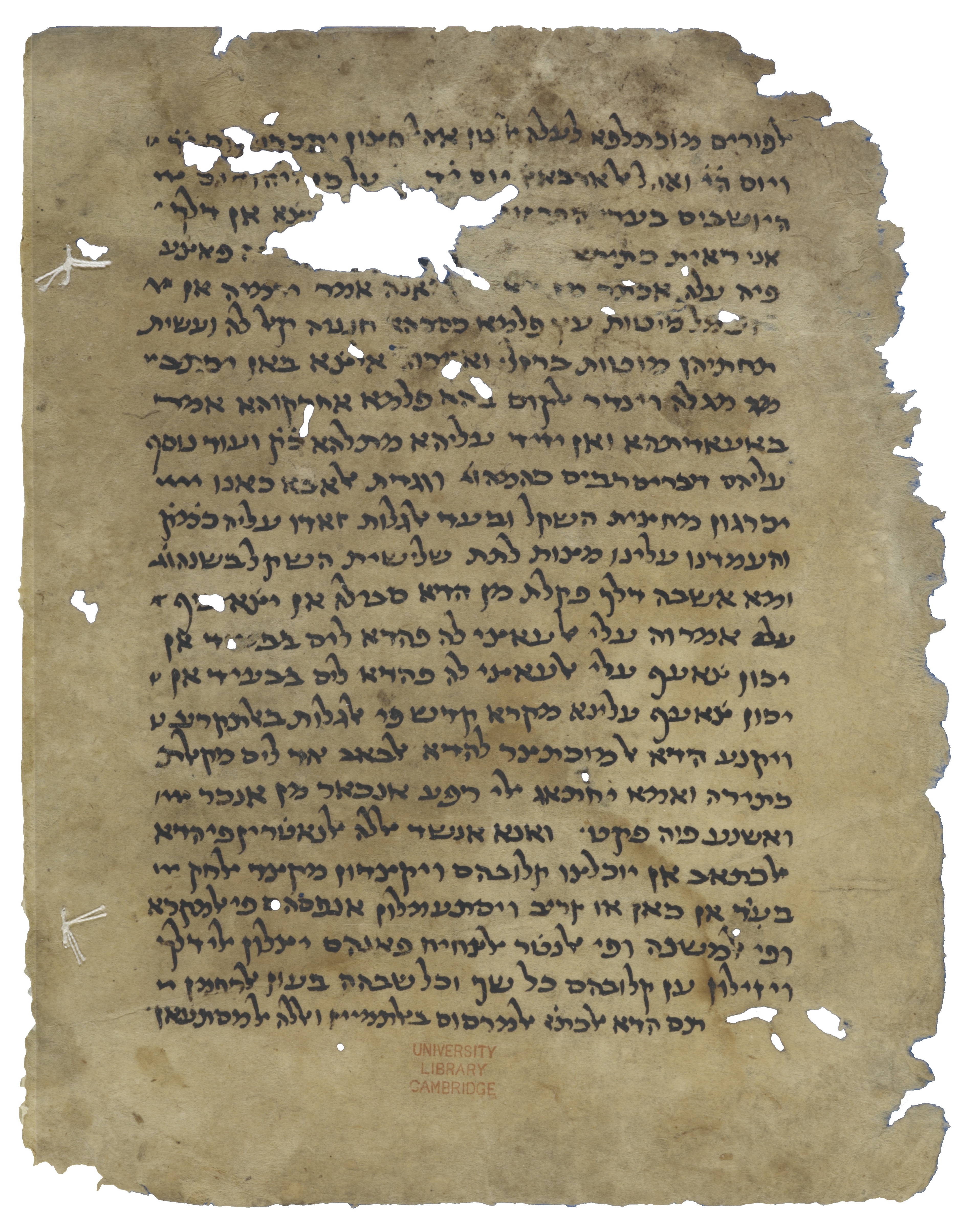
Nadia, you’re starting a new project today. Can you tell us about it?
This new project, entitled “Saadya Gaon’s works on the Jewish calendar: Near Eastern sources and transmission to the West”, is a collaboration between UCL, London and LMU, Munich, and is funded by the Fritz Thyssen Foundation. The project is led by Professors Sacha Stern and Ronny Vollandt, with me as the research associate.
Saadiah b. Joseph al-Fayyūmī, better known as Saadiah Gaon (882–942 CE), was the most important and influential scholar of Judaeo-Arabic culture in the 10th century....
Read More...Has tags: calendar, Firkovich, Genizah Fragments, Karaite, Q&A, Saadiah Gaon
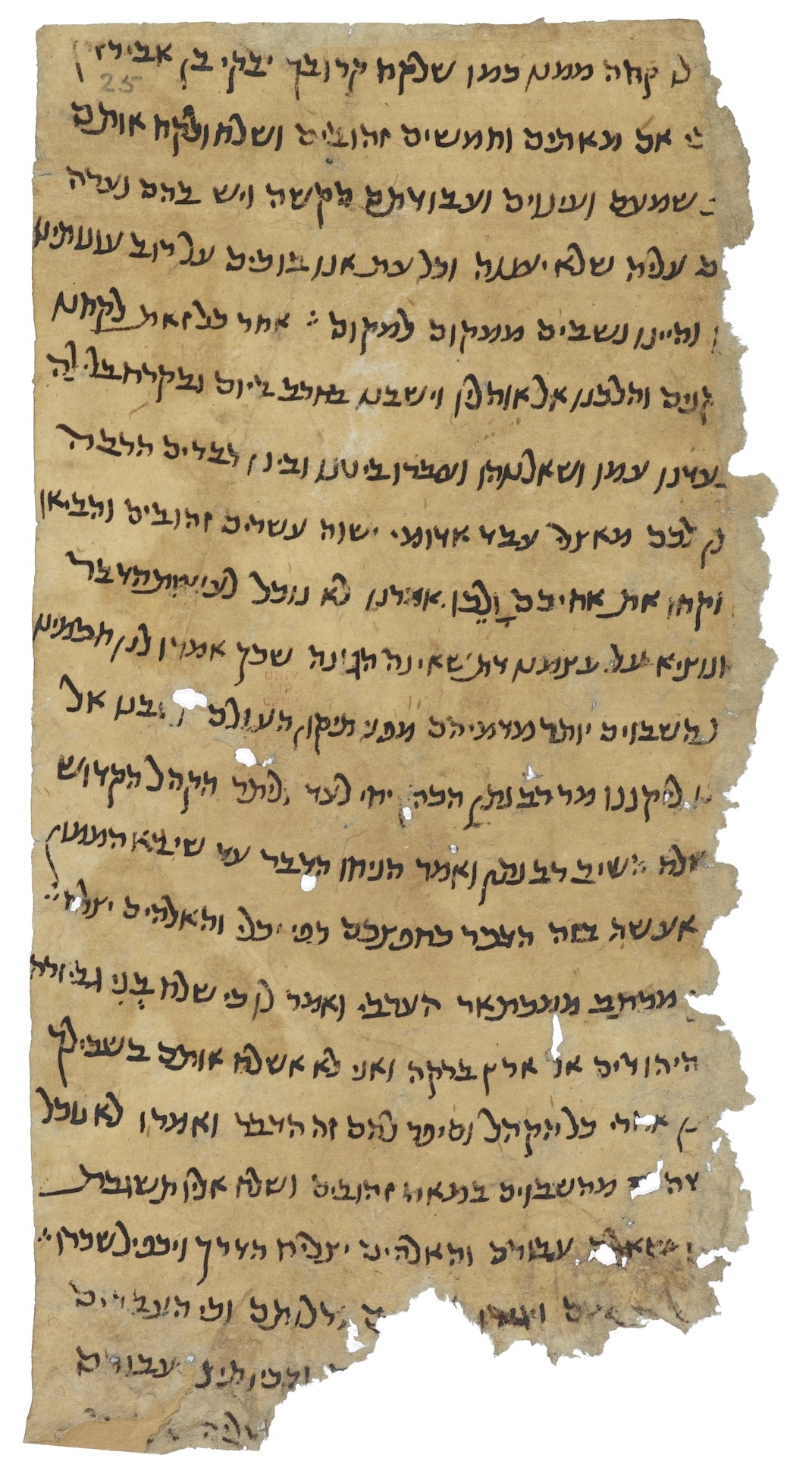
When you took to the high seas in the Middle Ages it was a calculated risk, but quite a considerable one. You were at the mercy of the weather, the seaworthiness of your chosen vessel, the reliability of its captain, his crew and your fellow travellers, and of the intentions of other seafarers you might encounter on your voyage. The poet Judah ha-Levi, who sailed from Spain to Egypt in the 12th century, described it unsettlingly:
‘Greetings from a prisoner of hope, who sold himself to the sea and put his spirit in the power of the winds. Shoved by the west wind eastward, then... Read More...Has tags: captives, charity, Genizah Fragments, pirates, sea, travel
